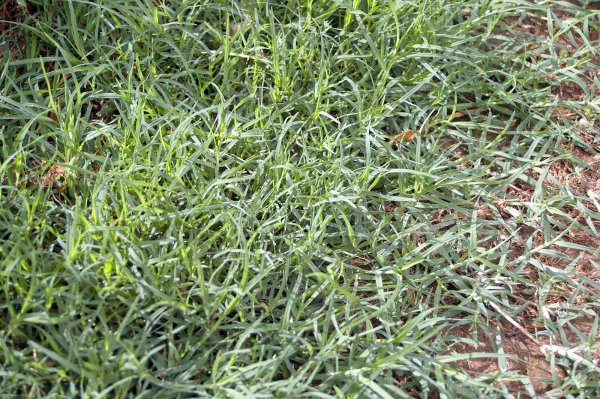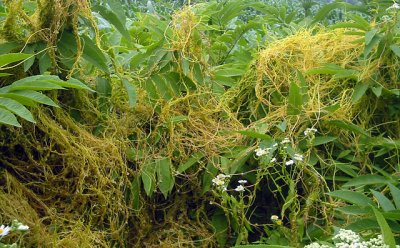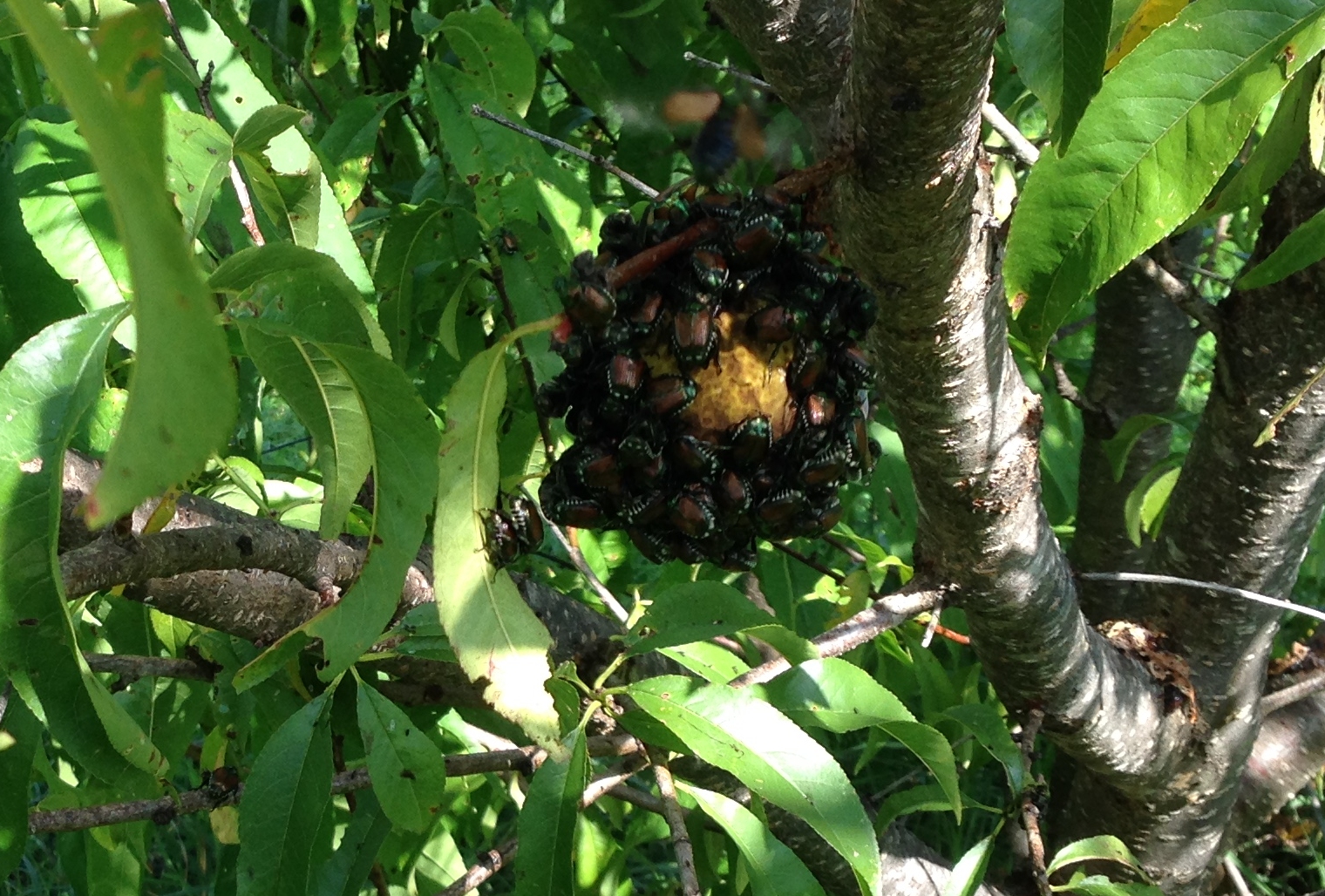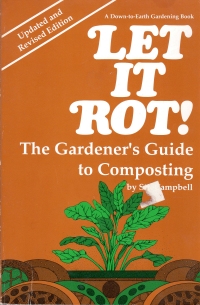The bane of gardening at Nogglestead in years past has been Bermuda grass.

Image from Wikipedia / Bidgee
It grows by seed and by runners that can go under decorative bricks and through weedblock and, by the time you see it emerge, your bed is crisscrossed with the runners, and you pretty much have to turn the soil all over and dig it all out.
My beautiful wife has taken over the back flower bed and has diligently worked to keep the weeds out even though the Bermuda grass is happy to run completely under our deck, emerging from time to time up through the boards of the deck, on its way to her flower bed.
But this year we have discovered another foe: Dodder.

Image from Wikipedia / Tortel
This little vine is a vampire plant.
It cannot produce chlorophyll on its own, so it’s wrapping itself around the petunias and sucking their chlorophyll. The petunias don’t actually become dodder, but the little fangs it puts into the petunias can grow into whole new plants if you tear it off the flowers. To handle an infestation, you’re supposed to pull it all up and prune below the place where the chlorophyll-suckers are, but with flowers, that means pulling the whole plant.
Geez, I’m almost afraid of what we will discover next, and I lose sleep thinking that these things will develop a taste for human flesh (after all, I couldn’t finish The Ruins, not because it shared that conceit, though, but because the book sucked).
And flamethrowers are out of stock on Amazon.
Also, I hate Pearl Jam, but I cannot help singing a variant of this:




